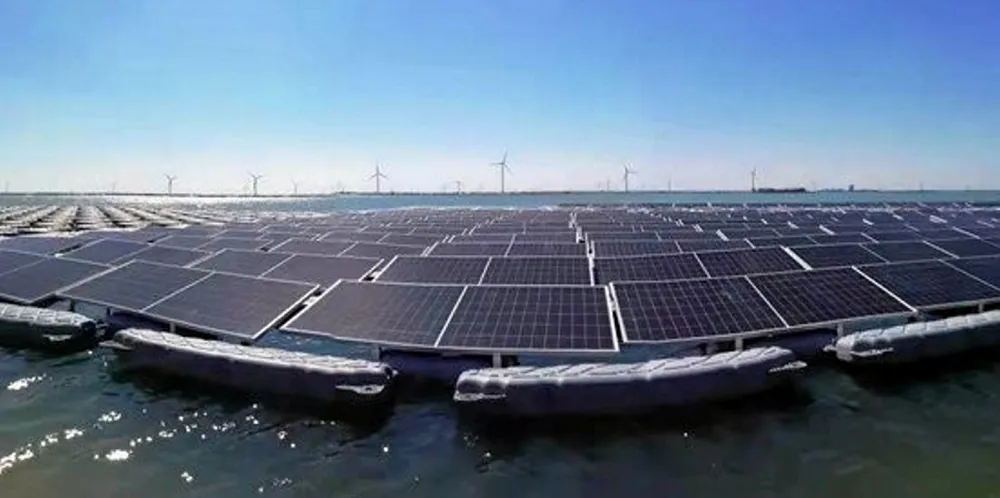China told floating solar is key to greening of Beijing
Technology could be more cost-effective long-term than land-based PV in certain areas, say researchers

Technology could be more cost-effective long-term than land-based PV in certain areas, say researchers
